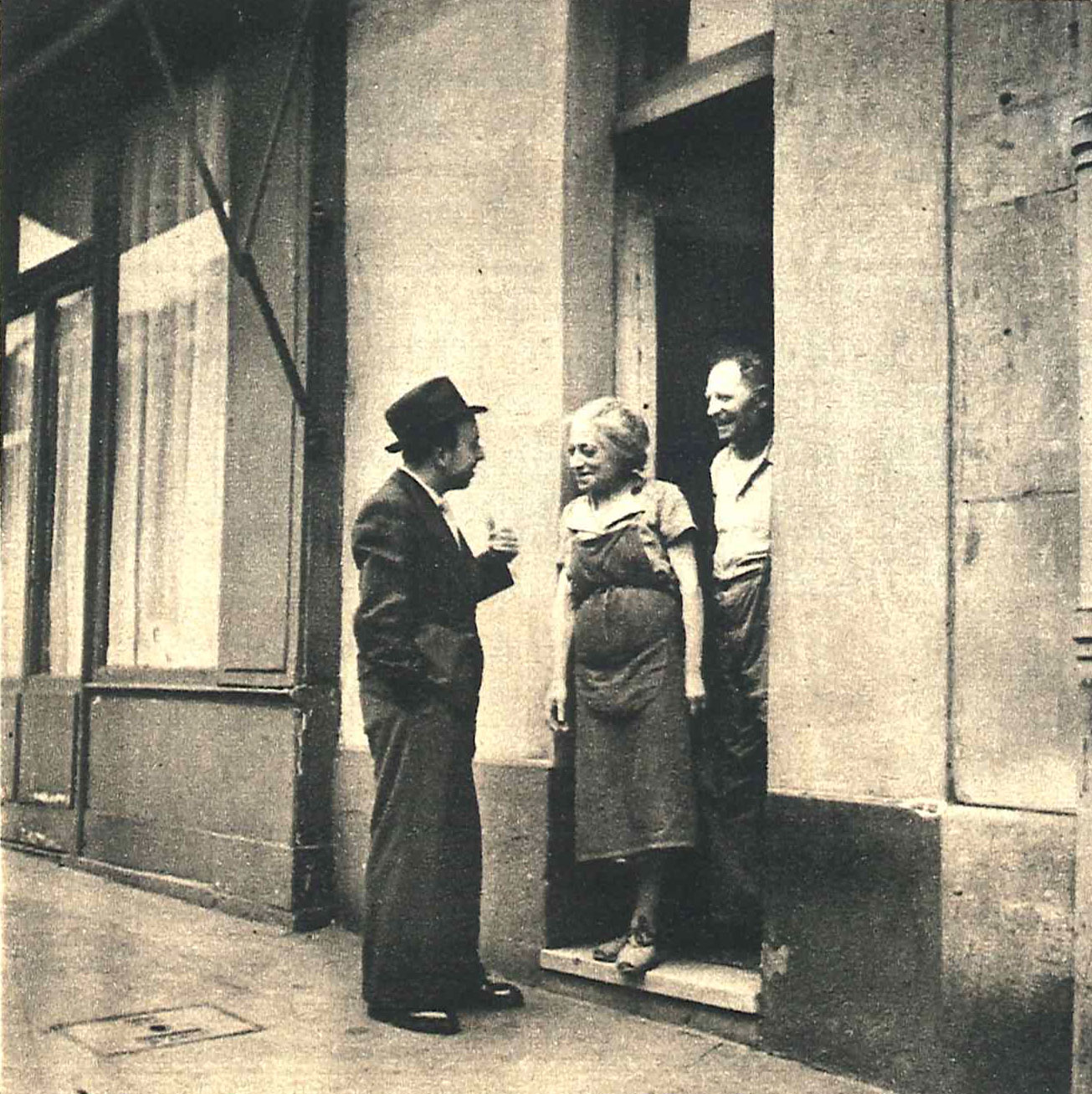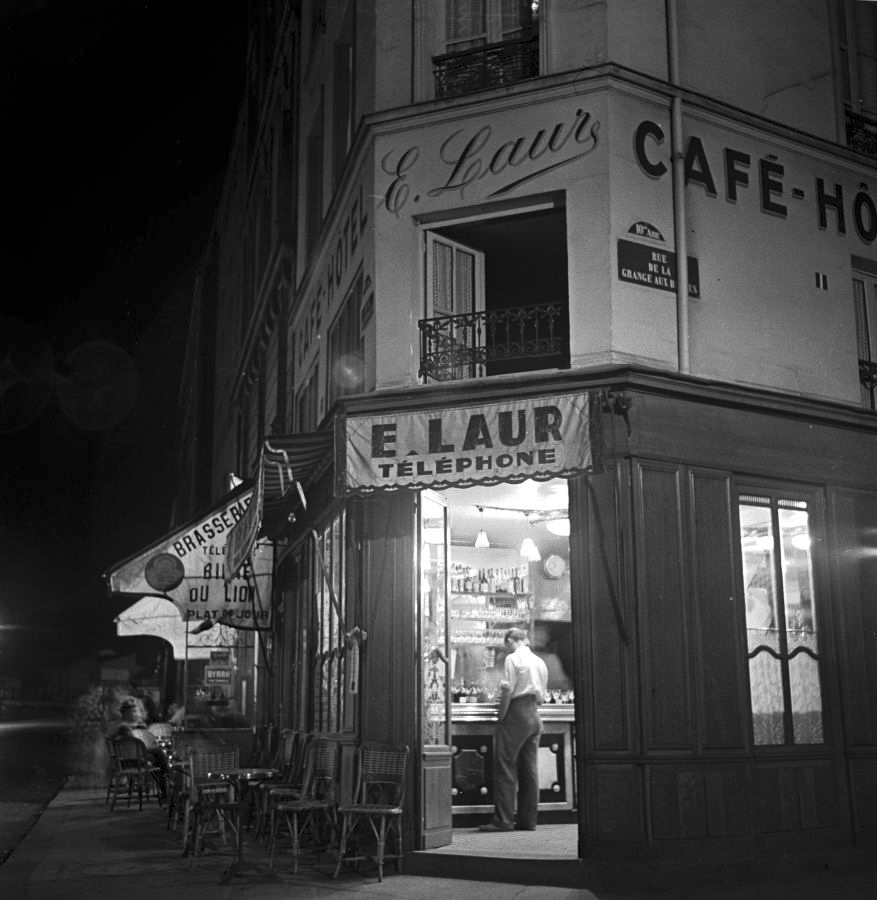The canal Saint-Martin
The canal's construction
The Canal Saint-Martin is located in the east of Paris, extends 4.5 km, and has nine locks. Its construction was ordered by Napoleon Bonaparte, then First Consul, and was completed in 1825..
The canal's development
Along the Canal Saint-Martin, new industrial districts emerged, with glassworks, mills and a number of other construction works. Around the year 1860, the Prefect of Paris, Gaspard de Chabrol, was forced to cover part of the Canal in order to create a large boulevard in the east, which is today the Boulevard Voltaire. The small ports were lost as a result, and the Boulevard Richard-Lenoir was born. The year 1890 saw the final completion of two swing bridges, named "Dieu" and "Grange-aux-Belles.".
The canal Saint-Martin at the cinema
The picturesque canals have inspired many artists and filmmakers (Hôtel du Nord, 1938, by Marcel Carné, The Sicilian Clan, 1969, by Henri Verneuil, The Troubles, 1972, by Alfred Pierre Richard, and Amélie, 2001, by Jean-Pierre Jeunet).
The Hôtel du Nord
The Hôtel du Nord building
It would seem that the Hôtel du Nord was built around 1912, and at that time belonged to a Mr and Mrs Dabit. The building still consists of three floors, with eight windows. Written in blue, tiled mosaics on its front façade are the words “Hôtel du Nord”. In 1938, the humble hotel consisted of 40 clean but modest rooms, with brightly polished wooden floorboards, and a narrow staircase. It was frequented during the week by workers, unemployed people and sailors. The canal could be seen out the windows, and from the attic, which was typically piled high with bric-a-brac. The panorama of Parisian rooftops seen from this window today has not changed since before the war. The Hôtel du Nord also had a picturesque courtyard with a little stable, chickens and a laundry. These days the restaurant has the same zinc floors, black and white tiles, and cozy tables.
The proposed demolition of the Hôtel du Nord
The hotel fell into disrepair in the 1970s, when the building was not being properly maintained.
On the French TV news programme FR3 Ile-De-France, in August, 1984, journalist Rachid Arhab announced that planning permission had been granted for new dwellings at 102 Quai de Jemmapes – but the demolition permit had yet to come through.
At that time the owner of the insalubrious hotel, wanted to renovate the premises in order to build nine apartments and a commercial premises on the ground floor. But the tenants needed to be relocated before work could begin.
Parisians save the Hôtel du Nord
Throughout the 20th century, several projects threatened the Hôtel du Nord, but the people's love for Paris, and French cinema, proved stronger in the end. It was at this time that Parisians and artists mobilised in front of the famous building, with its strong connection to French cinematic history.
Unfortunately, given that the film was not shot within the hotel walls, it was difficult to classify the building as an historic monument. In the end it was the organised activism by residents and artists that prevented the demolition of the Hôtel du Nord. In 1989, Arletty, too, had her say : « This is a wonderful part of Paris. It means a lot to me. It’s a bit like the Eiffel Tower ... the Hôtel du Nord, I love this neighbourhood – it should be left untouched. I hope the façade of the Hôtel du Nord will be saved. »
The determination of residents and artists had paid off
On June 1, 1989, the TV news, presented by journalist Christine Ockrent, covered the protests outside the Hôtel du Nord. The facade was old and deteriorated and the windows filled in with bricks. At this time, Alain Lhostis, a councillor in Paris’s 10th arrondissement, mobilised a huge number of residents.
In answering reporters’ questions, Jean-Claude Brialy said: “Even Americans are talking about the Hôtel du Nord. » The architect of the new housing project, Didier Morax, said: "The only way to preserve this collective image is to restore the facade."
Alexandre Trauner, the film’s famous set designer, said: "The film has remained in the collective memory of French people … I'd be embarrassed if this building disappeared ... It has become synonymous with my work. » On June 15, 1989, the Committee of Historical Monuments gave its verdict. The building’s famous facade, and the edge of the roof, was to be heritage-listed.
The residential building and the ground floor of the Hôtel du Nord was remodelled into a traditional bistro-restaurant with a large, 100-seat dining room, just as it was originally. It opened its doors in mid-January, 1996. On the TF1 television news of February 5, 1996, the new owner, James Arch, explained that the site had been preserved and faithfully reconstructed from the images of the film. Much to the delight of the restaurant's dedicated clientele, the atmosphere had remained intact.


















